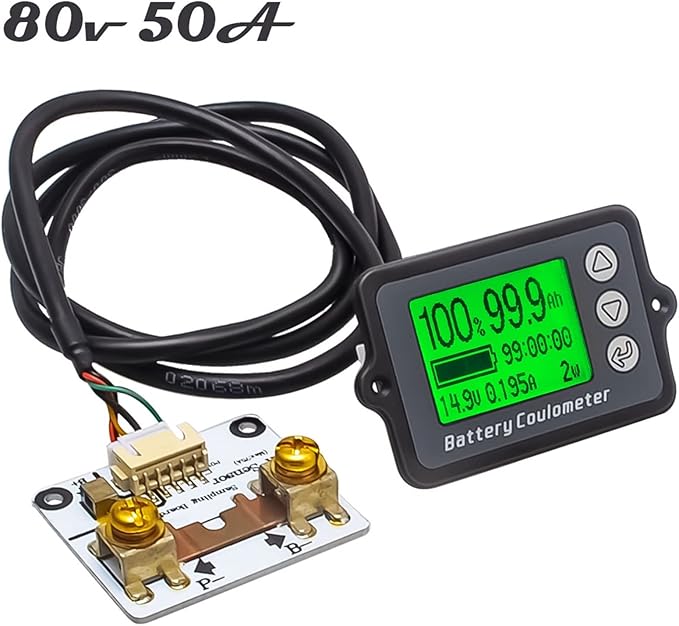1) thanks for the correction, will move it. I set it at 40a since the controller is a 30a.Minor changes I would make:
1) The 40A fuse near the controller needs to be closer to the battery. I like to use MRBF's on my Lithium (LiFePo4) batteries. Fuses are available in the range of 30 to 300 amps. These fuses protect the battery (and cables) from any and all shorts that might occur downstream in your cables and connections. It is acceptable to fuse the MRBF with a 'fail safe' fuse of say, 50 or 80 amps, then a smaller inline fuse of 25 or 40 amps (for example) closer to the load.
https://www.bluesea.com/products/5191/MRBF_Terminal_Fuse_Block_-_30_to_300A
https://www.bluesea.com/products/5194/MRBF_Surface_Mount_Fuse_Block_-_Independent_Source
2) The inverter needs to have it's own heavy ground cable return to the battery or buss bar. It should not be sharing it's ground on a fuse panel that will be fused at 30 amps. This can cause a ground return current loss to other components on the fuse block when the inverter is producing maximum (or near maximum) power.
3) The lithium batteries should be wired with alternating POS and NEG supply lines. This is critical with lithium batteries to help balance the load and charging currents.
View attachment 31803
2) will be changing the negatives to a shunt.
Parallel is how I intend to connect the batteries (which have not been purchased yet), I thought I represented that but apparently not.






























































